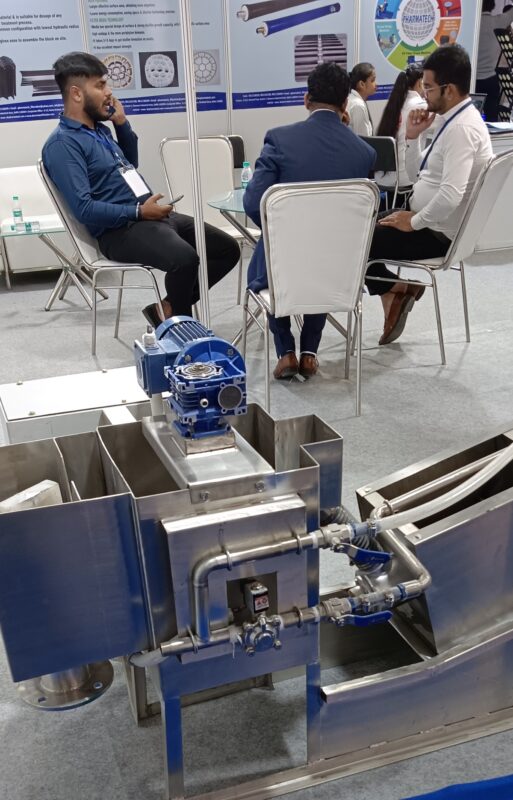Technologies, ideas and solutions about water treatment and other water problems were the highlights of 18th edition of Water Expo that ended on August 8. It emphasised on water treatment, water pressure devices and oxygen supply units.
Primarily focusing on water and solid waste treatment technologies and equipment, with significant governmental, international and industrial presence, the exhibition drew over 10,000 visitors, 250 exhibitors and five international water delegations over the course of five days, according to the Ministry of Jal Shakti in India. There were over 500 delegates from government and water industry and 25 water experts from all across the globe.
“Our aim is to provide oxygen particularly to hospitals, combustion industry and fermentation industry where the oxygen supply is required in large amounts. Our technology helps in the purification of oxygen. Providing liquid oxygen is super costly, therefore our technology comes into play. We provide almost 93% of pure oxygen to hospitals which cuts down the rate of oxygen to Rs 10 per metre cube of oxygen. The oxygen is used not only by the hospitals but also by other industries like electricity, combustion among others,” said Abhiram Pillai, a sales officer of Pacific Consolidated Industries (PCI), a company which provides oxygen.
Chote Lal, an employee of TDC Pharmatech, talked about the filtration process of water.
“Our machine is used for filtration of the water as a lot of dirt and other unwanted elements and chemicals are present in the water. Our machine is designed so that the water is purified without making much effort. Most of our machines are used by big hotel chains and people from other industries. Our machines have PP filter plates (polypropylene pleated filter) wherein, all the dirt, solid waste and other unwanted material gets collected and fresh water is left over for the usage.
Ejaz Hyder, a senior manager of Forbes Marshall, explained the use of their water-flow in detail.
“Our meters help in measuring the flow of water — how much cubic litres of water flows from the pipe, what is its pressure and at what temperature the water is flowing. We have installed sensors in our devices that allow the user to check readings through the meter. They detect all the aspects like flow, pressure among other things. Our device uses the principle of Michael Faraday’s law of electromagnetic induction. Its accuracy is also high. Our device can measure the flow of water from any range of pipe, be it 10 mm in diameter or 3000m. It is used in all pipes mostly by big industries where water consumption is high,” says Hyder.

“Since different types of liquids have different viscosity levels, therefore their flows would also be different at different pressure levels. Apart from this, we are also having different devices like chlorine analyser, battery powered magnetic flow meters and pressure meters which can be used by different industries as per their needs.”
Many of the delegates and visitors also came and shared their experience.
A visitor from south Delhi explained his experience, saying, “The visit for me is quite unique and resourceful. Since water conservation is one of the most prominent global issues, it is quite necessary for us to understand its importance. Apart from conservation of water, here I was also able to learn about the pumping of water from different ground levels and how we are able to extract water even from the depths of the earth. Overall, it was quite nice and educational.





